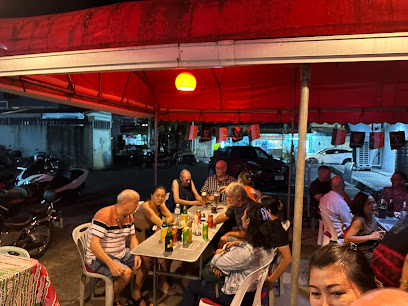
Discover the Serenity of Chiang Rai City Pillar Shrine
Explore the cultural and spiritual essence of Chiang Rai at the City Pillar Shrine, a serene landmark showcasing traditional Northern Thai architecture.
Nestled in the heart of Chiang Rai, the City Pillar Shrine (San Lak Mueang) stands as a serene testament to the city's rich cultural heritage. Visitors are greeted by intricate architecture, peaceful surroundings, and a deep sense of spirituality, making it a must-visit for tourists seeking to immerse themselves in local traditions and beliefs.
A brief summary to Chiang Rai City Pillar Shrine (San Lak Mueang)
- 25 ถนน ไตรรัตน์, Mueang Chiang Rai District, Rop Wiang Sub-district, Chiang Rai, 57000, TH
Local tips
- Visit early in the morning for a peaceful experience and to avoid crowds.
- Dress modestly when visiting the shrine to show respect for local customs.
- Take time to explore the surrounding gardens for a complete experience of tranquility.
- Consider participating in local ceremonies if available during your visit.
Getting There
-
Walking
If you are in the central area of Chiang Rai, start at the Clock Tower (a well-known landmark). Head east on Phaholyothin Road (Road No. 1) for about 600 meters until you reach the intersection with Tri Rat Road. Turn left onto Tri Rat Road, which will take you directly to the City Pillar Shrine. Continue walking for about 300 meters; you will see the Chiang Rai City Pillar Shrine (San Lak Mueang) on your right, located at 25 Tri Rat Road, Rop Wiang Sub-district.
-
Tuk-Tuk
From your hotel or any central location in Chiang Rai, find a tuk-tuk driver (they are usually parked near popular tourist spots or can be hailed on the street). Tell the driver to take you to the Chiang Rai City Pillar Shrine (San Lak Mueang) at 25 Tri Rat Road. The fare is typically around 30 to 50 Thai Baht depending on the distance. The driver will drop you off right in front of the shrine.
-
Songthaew (shared taxi)
Locate a songthaew stop, which are common in Chiang Rai. Board a songthaew heading towards the city center. Once you reach the area near the Clock Tower, ask the driver to drop you off at Tri Rat Road. From there, it’s a short 5-10 minute walk to the Chiang Rai City Pillar Shrine, which is located at 25 Tri Rat Road. The fare is usually around 20 Thai Baht.
Discover more about Chiang Rai City Pillar Shrine (San Lak Mueang)
Iconic landmarks you can’t miss
Wat Phra Sing
0.9 km
Explore the beauty and spirituality of Wat Phra Sing, a stunning Buddhist temple in Chiang Rai, Thailand, renowned for its architecture and cultural significance.

Golden Triangle Tour
1.5 km
Explore the Golden Triangle, where Thailand, Laos, and Myanmar converge. Experience breathtaking landscapes and rich cultural encounters on this unforgettable tour.
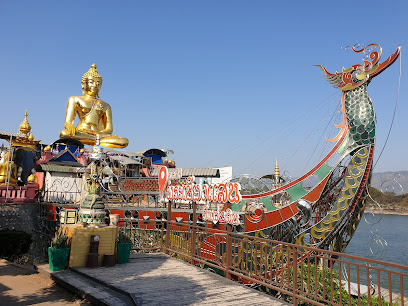
Walking Street Chiang Rai
1.5 km
Experience the bustling energy and local culture at Walking Street Chiang Rai, where the flavors of Thailand meet vibrant shopping and entertainment.
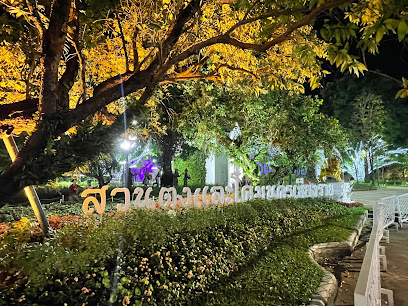
parntrek
1.6 km
Explore the beauty and culture of Chiang Rai with Parntrek, your trusted sightseeing tour agency for personalized adventures.
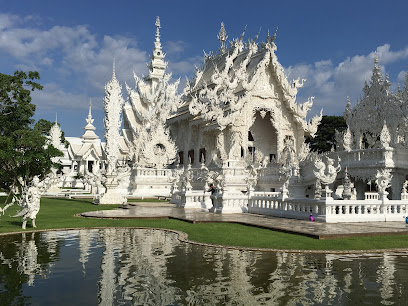
Bamboo tours
1.8 km
Discover the enchanting landscapes and rich culture of Northern Thailand with Bamboo Tours in Chiang Rai, your gateway to unforgettable adventures.
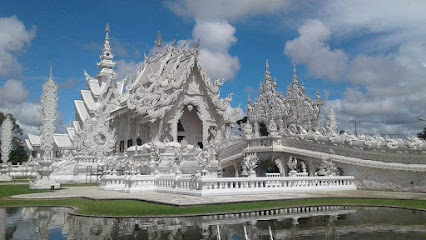
Rong Suea Ten Temple
2.2 km
Discover the stunning Rong Suea Ten Temple, a masterpiece of modern Buddhist architecture in Chiang Rai, Thailand, renowned for its vibrant blue hues and spiritual ambiance.
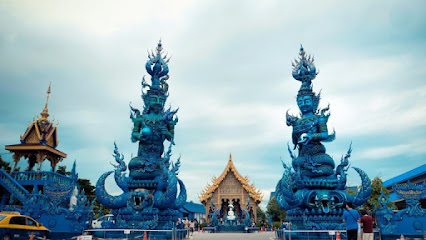
Chao Mae Kuan Im Shrine
2.4 km
Explore the serene beauty of Chao Mae Kuan Im Shrine in Chiang Rai, a sanctuary for reflection and spiritual connection amidst stunning Thai architecture.
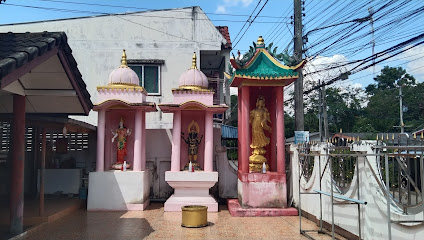
Chiang Rai Old Airport
3.7 km
Experience the serene beauty and historical charm of Chiang Rai Old Airport Park, a tranquil retreat in the heart of Chiang Rai.

Wat Huay Pla Kang: Goddess of Mercy Chiang Rai
4.1 km
Discover the serene beauty of Wat Huay Pla Kang, a stunning Buddhist temple in Chiang Rai that offers spiritual insights and breathtaking views.
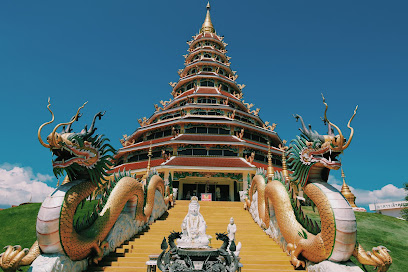
Mae Fah Luang - Chiang Rai International Airport (CEI)
7.3 km
Discover the beauty of Northern Thailand from Mae Fah Luang - Chiang Rai International Airport, the gateway to culture, nature, and adventure.
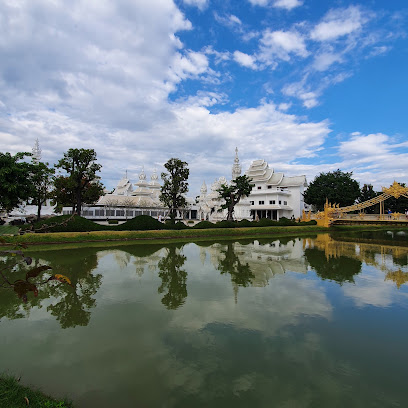
Kok River
9.1 km
Experience the tranquility of Kok River, a hidden gem in Thailand, perfect for nature lovers and adventure seekers alike.

Golden temple
12.0 km
Discover the serene beauty and intricate artistry of the Golden Temple in Chiang Rai, a spiritual haven for travelers and culture enthusiasts.
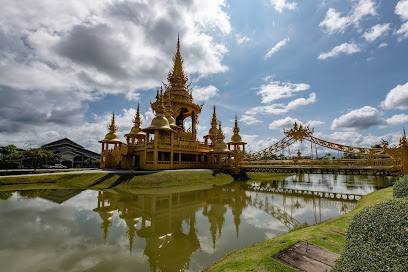
Khun Korn Forest Park Waterfall
21.9 km
Experience the breathtaking beauty of Khun Korn Forest Park Waterfall, a must-visit hiking paradise in Chiang Rai, Thailand.
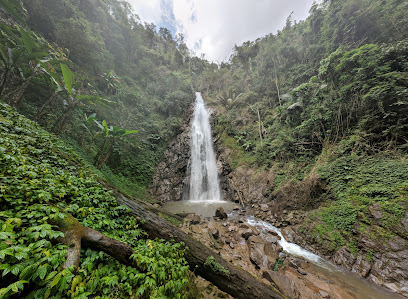
Doi Tung Royal Villa, Mae Fah Luang
41.5 km
Experience the serene beauty and rich history of Doi Tung Royal Villa, a majestic retreat in Chiang Rai surrounded by stunning gardens and breathtaking views.
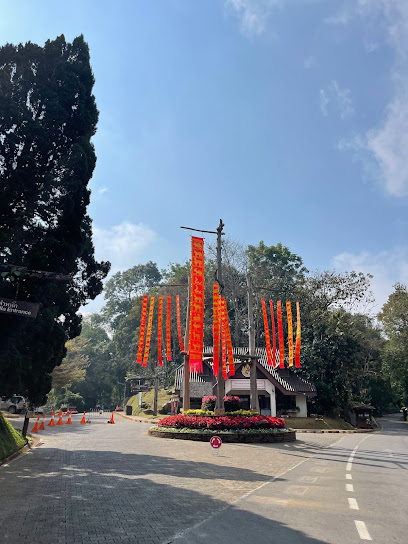
Wat Phra That Doi Tung Viewpoint
45.2 km
Discover stunning panoramic views and rich cultural heritage at Wat Phra That Doi Tung Viewpoint in Chiang Rai, Thailand.

Unmissable attractions to see
Wat Phra That Doi Chom Thong
0.1 km
Explore the stunning Wat Phra That Doi Chom Thong, a breathtaking Buddhist temple in Chiang Rai, offering serene views and rich cultural experiences.

พิพิธภัณฑ์ทหาร มณฑลทหารบกที่ 37
0.2 km
Explore the Chiang Rai Museum, where history, art, and culture converge in a captivating experience for every traveler.
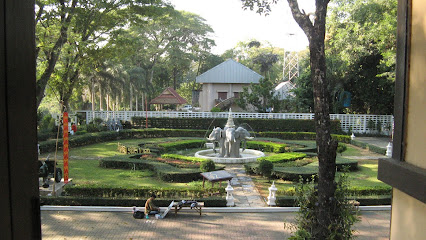
Ku Phra Chao Mengrai
0.4 km
Discover the rich history and serene beauty of Ku Phra Chao Mengrai, a cultural gem in Chiang Rai that honors the legacy of its legendary founder.
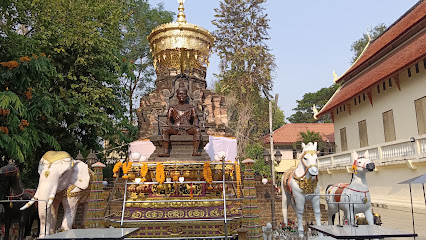
Wat Doi Ngam Mueang
0.4 km
Experience the serene beauty and spiritual depth of Wat Doi Ngam Mueang, a must-visit Buddhist temple in Chiang Rai, Thailand.
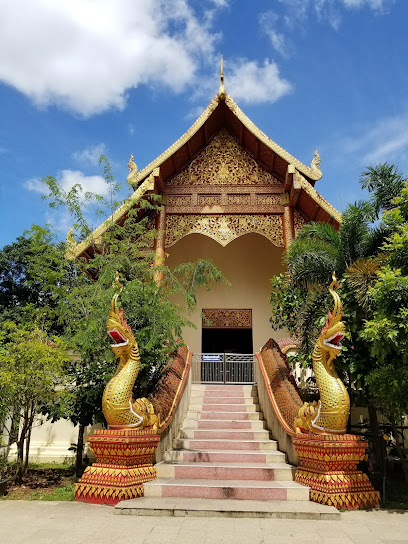
Wat Phra Kaew Chiang Rai
0.6 km
Discover the serene beauty and rich culture of Wat Phra Kaew, a stunning Buddhist temple and a must-visit attraction in Chiang Rai, Thailand.
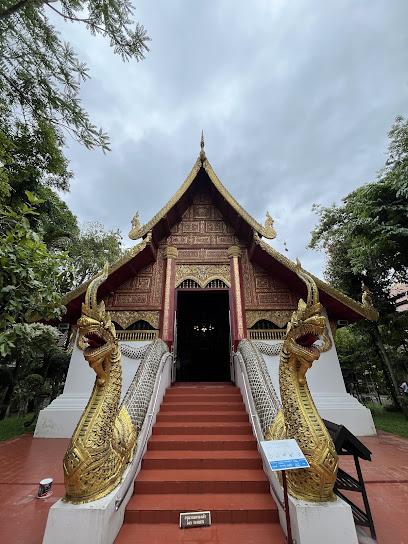
Hongluang Saengkaew Museum
0.6 km
Explore the rich heritage of Chiang Rai at Hongluang Saengkaew Museum, where history and culture come to life through captivating exhibits.
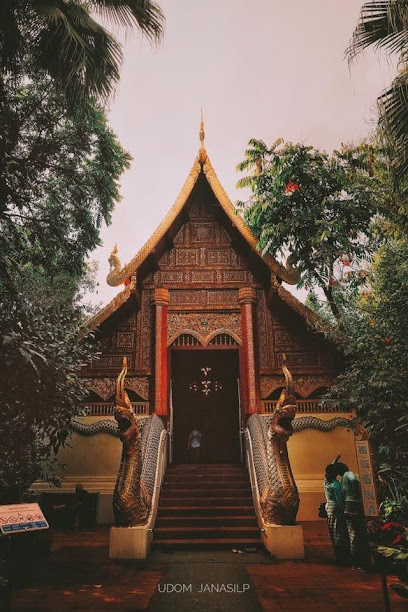
Wat Mung Muang
0.9 km
Experience the tranquility and cultural richness of Wat Mung Muang, a beautiful Buddhist temple in Chiang Rai, Thailand.
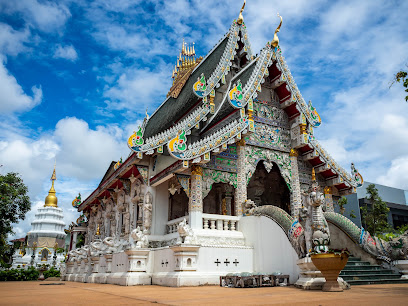
Wat Phra Sing Chiang Rai
0.9 km
Experience tranquility and cultural richness at Wat Phra Sing, a stunning Buddhist temple in Chiang Rai, Thailand, showcasing intricate architecture and spiritual significance.
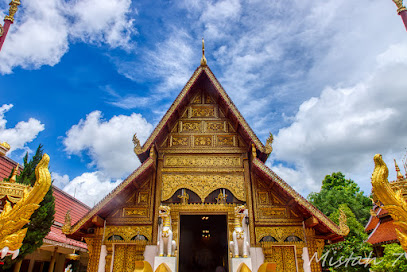
Kad Luang Chiang Rai Market
0.9 km
Discover the vibrant Kad Luang Chiang Rai Market, a cultural hub brimming with local flavors, crafts, and unforgettable experiences.

Old Clock Tower
1.0 km
Discover the enchanting Old Clock Tower in Chiang Rai, a stunning historical landmark that beautifully showcases Thai artistry and culture.

10สถานที่ท่องเที่ยวเชียงราย รถเช่าเชียงรายพร้อมคนขับ
1.0 km
Experience the rich culture and stunning landscapes at this captivating tourist attraction in the heart of Chiang Rai, Thailand.

Kad Heem Nam Kok Market
1.2 km
Discover the authentic charm of Chiang Rai at Kad Heem Nam Kok Market, where local culture and flavors unite in a vibrant atmosphere.

Chiang Rai Clock Tower
1.2 km
Discover the captivating beauty of Chiang Rai Clock Tower, a vibrant symbol of culture and artistry in Thailand, illuminated with stunning light displays.
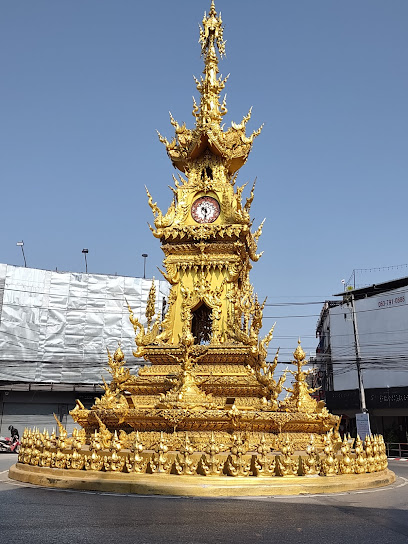
Taiyuan Art Gallery
1.3 km
Experience the vibrant art scene in Chiang Rai at Taiyuan Art Gallery, showcasing Thailand's rich artistic heritage and contemporary creativity.
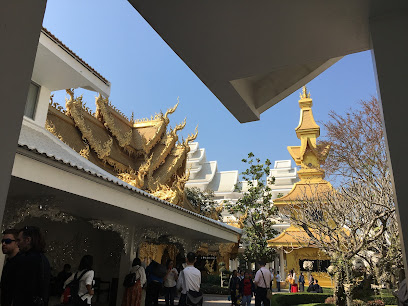
Lobo bar
1.3 km
Experience the vibrant nightlife of Chiang Rai at Lobo Bar, where local flavors meet a lively atmosphere for an unforgettable evening.

Essential places to dine
Hungry Wolf's Steak & Ale-House
0.6 km
Discover delectable steaks and classic American dishes at Hungry Wolf's Steak & Ale-House in Chiang Rai – where flavor meets hospitality.
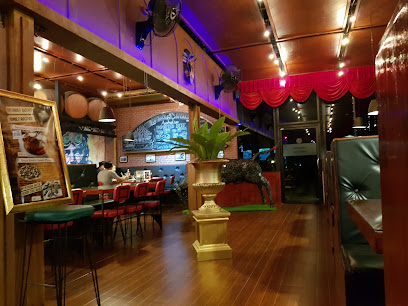
Kunda Vegan Burger Cafe Chiang Rai
1.1 km
Discover the vibrant flavors of Kunda Vegan Burger Cafe in Chiang Rai - where plant-based delights meet community spirit!
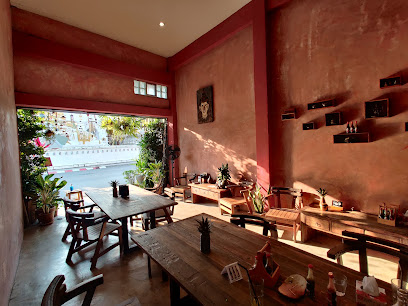
ความทรงจำ (The Memories)
1.2 km
Experience delightful Western cuisine infused with local Thai flavors at The Memories in Chiang Rai.

LA OLA CHIANG RAI
1.3 km
Discover authentic Mediterranean cuisine at La Ola Chiang Rai - where every meal is an unforgettable experience filled with flavor.

Chiang Rai Social Club
1.3 km
Discover the authentic flavors of Thailand at Chiang Rai Social Club - a perfect blend of tradition and vibrant nightlife.
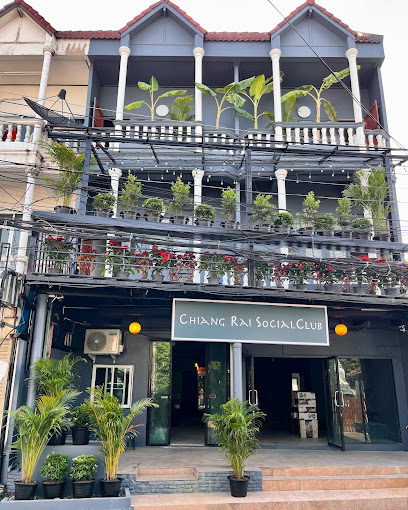
The Hungry Nest
1.3 km
Discover delightful flavors at The Hungry Nest in Chiang Rai - where local traditions meet modern cuisine in a cozy setting.

O'Kane's Irish Pub : โอเคน ไอริชผับ แอนด์ เรสเตอร์รองท์
1.3 km
Discover the perfect blend of traditional Irish cuisine and vibrant pub culture at O'Kane's Irish Pub in Chiang Rai.
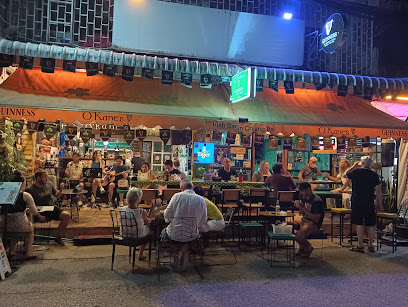
Surf and Turf Chiang Rai
1.3 km
Discover culinary bliss at Surf and Turf Chiang Rai, where American classics meet gourmet steaks in a cozy setting.

Melt In Your Mouth
1.4 km
Experience the best of Thai cuisine at Melt In Your Mouth in Chiang Rai – where every bite tells a story.
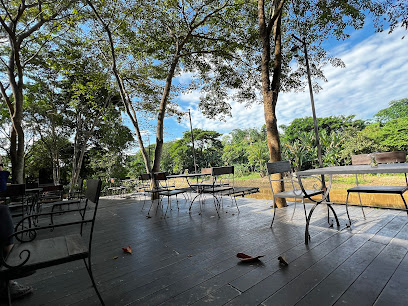
Siam Corner Restaurant
1.4 km
Experience the essence of Thailand at Siam Corner Restaurant in Chiang Rai - where every meal tells a story.
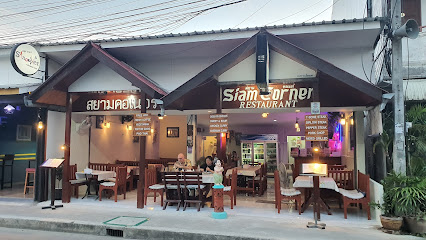
Dear Friends, Bistro
1.4 km
Experience exquisite French-Italian cuisine at Dear Friends Bistro in Chiang Rai – where culinary passion meets warm hospitality.
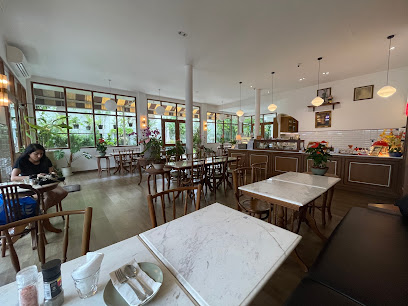
Nakhon Pathom Restaurant
1.5 km
Experience authentic Thai cuisine at Nakhon Pathom Restaurant in Chiang Rai - a culinary delight awaits every visitor.

RIBS&CO
1.5 km
Discover the ultimate American grill experience at RIBS&CO in Chiang Rai – where every bite is a celebration of flavor.
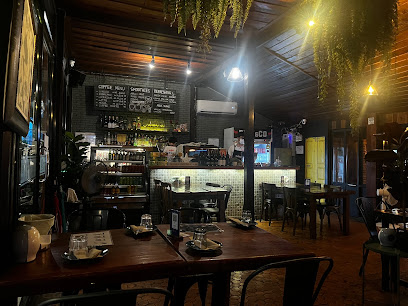
Cabbages & Condoms
1.5 km
Experience authentic Thai cuisine at Cabbages & Condoms in Chiang Rai while supporting social causes through your meal.
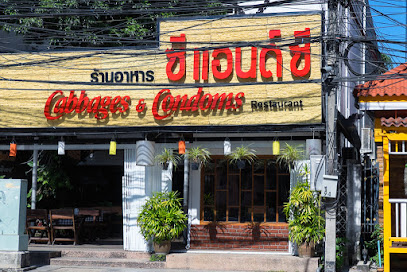
The Chompor Restaurant
1.6 km
Discover authentic Thai flavors at The Chompor Restaurant in Chiang Rai – where every dish tells a story!
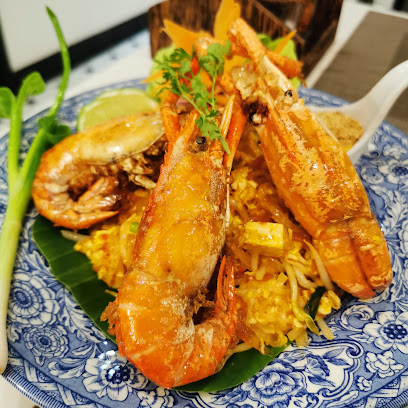
Markets, malls and hidden boutiques
B2 Chiang Rai Hotel / บีทู เชียงราย
0.9 km
Discover the charm of Chiang Rai at B2 Chiang Rai Hotel, a boutique stay that blends comfort and culture in the heart of Northern Thailand.

ร้านจักรยาน แฟ็ตฟรี สาขา เชียงราย Fat Free Bicycle Shop (Chiang Rai Branch)
1.0 km
Explore the scenic beauty of Chiang Rai with high-quality bicycles and expert repairs at Fat Free Bicycle Shop, your ultimate cycling destination.
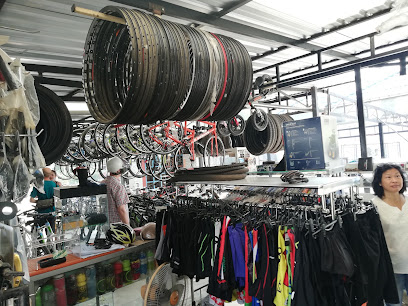
Saturday Night Market
1.1 km
Immerse yourself in Chiang Rai's local culture at the lively Saturday Night Market, filled with delicious food, unique crafts, and vibrant performances.
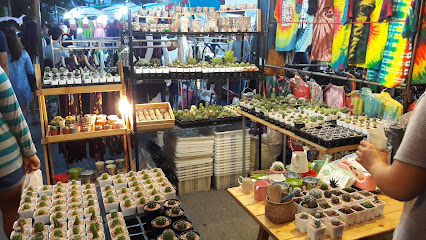
ChiWeed Cannabis Dispensary @Chaing Rai
1.3 km
Explore the vibrant cannabis culture at ChiWeed Cannabis Dispensary, where quality products meet a welcoming atmosphere in Chiang Rai.

Vanali vanilla
1.4 km
Experience the enchanting world of vanilla at Vanali Vanilla, a charming farm shop in Chiang Rai blending local culture with delightful flavors.

2Morrow Fresh Weed Store (Cannabis Shop)
1.4 km
Discover 2Morrow Fresh Weed Store in Chiang Rai, your go-to destination for quality cannabis products, education, and a taste of local culture.

Fareeda shop สาขาสวนตุง
1.5 km
Explore the vibrant offerings at Fareeda Shop in Chiang Rai, where unique Thai gifts await to enhance your travel experience.

Greenbandicoot weed
1.5 km
Discover premium cannabis offerings at Greenbandicoot Weed in Chiang Rai, where quality meets a welcoming atmosphere for all visitors.

Watsons Chiang Rai Night Bazaar Branch
1.5 km
Explore a world of beauty and wellness at Watsons Chiang Rai Night Bazaar with a diverse range of cosmetics, skincare, and pharmacy products.
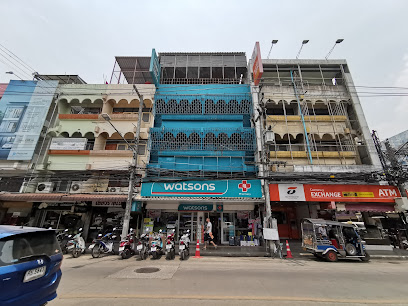
Mora Boutique Hotel
1.6 km
Experience the perfect blend of luxury and traditional Thai hospitality at Mora Boutique Hotel in Chiang Rai.

Kyoto Shi Cafe キョウトシ カフェ เชียงราย
1.6 km
Discover the serene ambiance and exquisite coffee at Kyoto Shi Cafe in Chiang Rai, where local culture meets flavor.
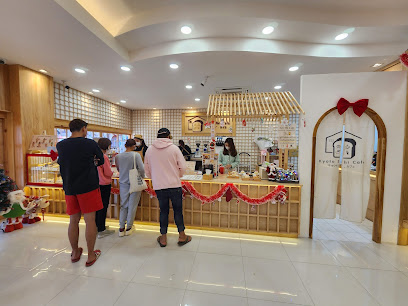
Boots Chiangrai Night Bazaar
1.6 km
Experience the vibrant culture and unique offerings at Boots Chiangrai Night Bazaar - a must-visit for health and beauty enthusiasts in Chiang Rai.
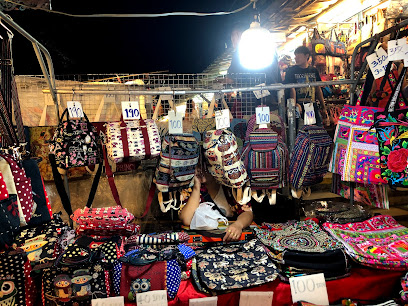
S.K. Stationery Company Limited
1.6 km
Explore S.K. Stationery Company Limited in Chiang Rai for an extensive range of stationery, art supplies, and unique local crafts.

CAT 'n' A CUP Cat Cafe
1.6 km
Discover the joy of feline companionship while enjoying delicious coffee and desserts at CAT 'n' A CUP Cat Cafe in Chiang Rai.
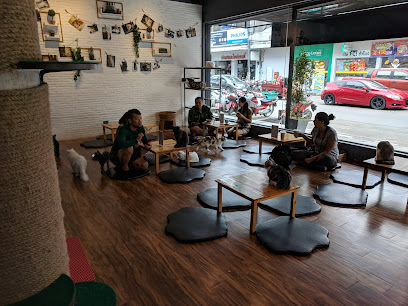
Sweet & High Dispensary (Weed Shop)
1.6 km
Discover the vibrant cannabis culture at Sweet & High Dispensary in Chiang Rai, where quality meets community in a welcoming atmosphere.

Essential bars & hidden hideouts
Cat Bar
1.3 km
Experience the vibrant atmosphere of Cat Bar in Chiang Rai, where refreshing drinks and live music create unforgettable nights.
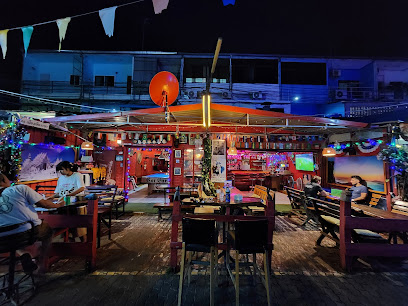
Casa Mio Music & Wine Bar
1.3 km
Discover the perfect blend of exquisite wines and captivating live music at Casa Mio Music & Wine Bar in Chiang Rai, Thailand.

All day Bar
1.3 km
Experience the lively nightlife at All Day Bar in Chiang Rai, where great drinks and local music create the perfect atmosphere for relaxation and fun.
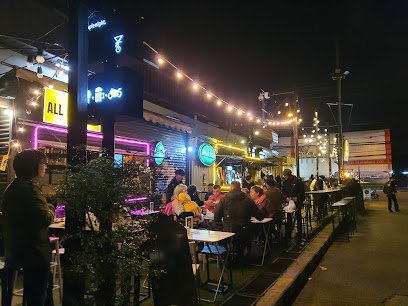
RAD BAR
1.3 km
Experience the vibrant nightlife of Rad Bar in Chiang Rai, where great drinks and an electric atmosphere await you.

Good Bar Chiang Rai
1.4 km
Experience the vibrant nightlife at Good Bar Chiang Rai, where delightful drinks and a cozy atmosphere meet in the heart of Chiang Rai.

Mon Bar
1.4 km
Experience the vibrant nightlife of Chiang Rai at Mon Bar, where locals and tourists unite for unforgettable evenings filled with great drinks and lively atmosphere.
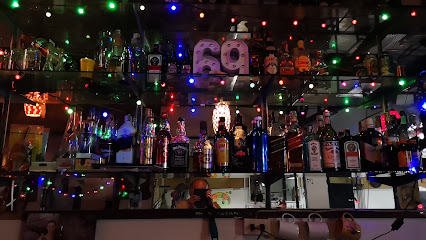
Rosebar
1.4 km
Experience the vibrant nightlife of Chiang Rai at Rosebar, where great drinks and a lively atmosphere await every visitor.

2gether Bar
1.4 km
Experience the vibrant nightlife of Chiang Rai at 2gether Bar, where music, drinks, and a friendly atmosphere come together for an unforgettable evening.
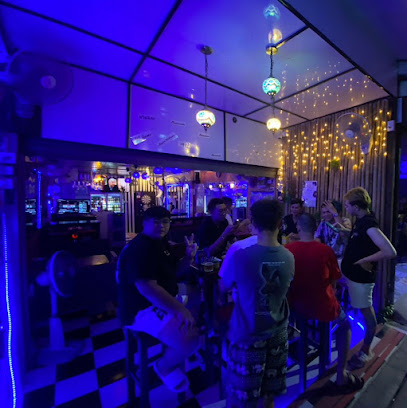
Paradise Bar
1.5 km
Discover the vibrant nightlife of Chiang Rai at Paradise Bar, where friendly faces and refreshing drinks create unforgettable evenings.
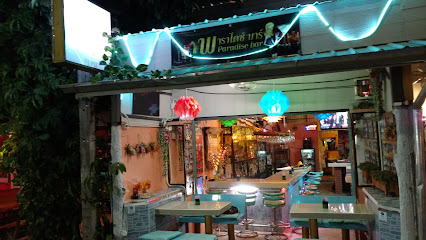
Peace house bar
1.5 km
Experience the lively ambiance and live music at Peace House Bar in Chiang Rai, a must-visit destination for tourists seeking fun and relaxation.
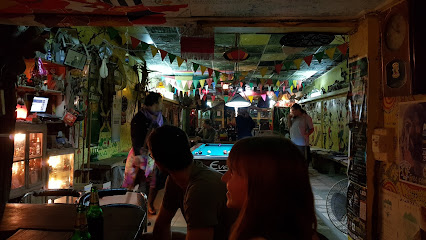
Reggae Home & Bar
1.5 km
Discover the lively spirit of Chiang Rai at Reggae Home & Bar, where music, drinks, and good vibes create an unforgettable nightlife experience.
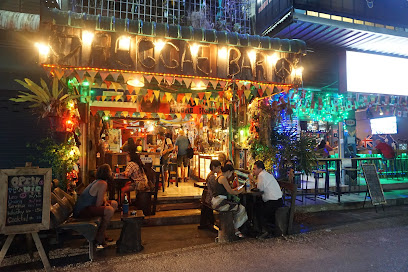
Lao Khan (Tiger Vibe) Wine Bar & Eatery
1.5 km
Experience the vibrant ambiance and exquisite flavors at Lao Khan (Tiger Vibe) Wine Bar & Eatery in Chiang Rai, a perfect spot for wine lovers and foodies alike.

Le Petit Cafe & Wine Club
1.5 km
Discover the cozy ambiance of Le Petit Cafe & Wine Club in Chiang Rai, where fine wines and delectable bites await every visitor.

Secret Bar Chiangrai
1.5 km
Experience the vibrant nightlife of Chiang Rai at Secret Bar, a hidden gem offering unique drinks and an inviting atmosphere.
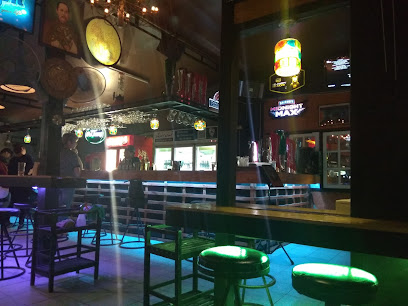
Hangover corner aka Steve’s Bar
1.7 km
Discover Hangover Corner in Chiang Rai - a cozy bar where locals and travelers unite for drinks, laughter, and unforgettable experiences.
